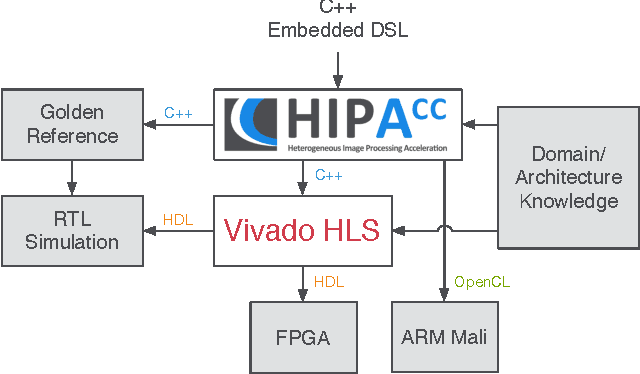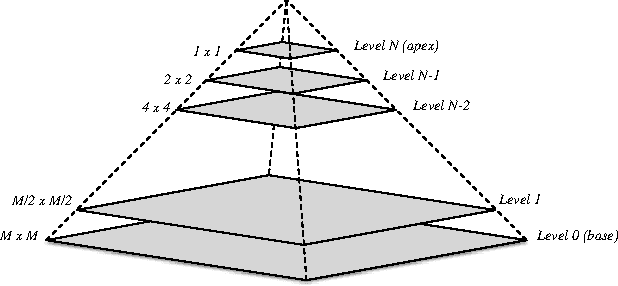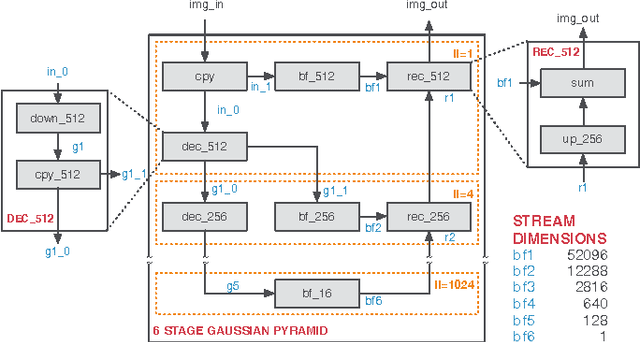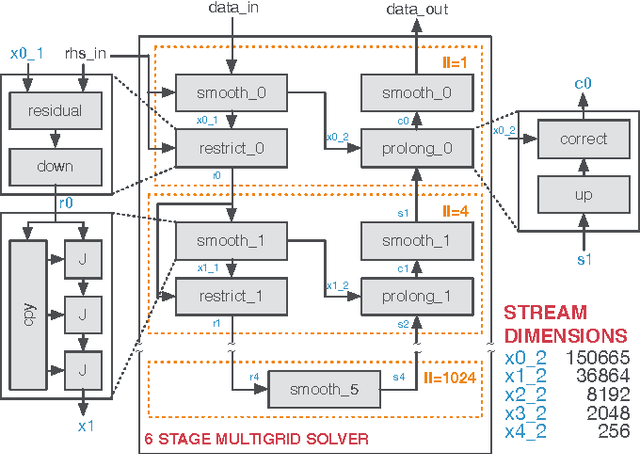Christian Schmitt
Code Generation for High-Level Synthesis of Multiresolution Applications on FPGAs
Aug 20, 2014



Abstract:Multiresolution Analysis (MRA) is a mathematical method that is based on working on a problem at different scales. One of its applications is medical imaging where processing at multiple scales, based on the concept of Gaussian and Laplacian image pyramids, is a well-known technique. It is often applied to reduce noise while preserving image detail on different levels of granularity without modifying the filter kernel. In scientific computing, multigrid methods are a popular choice, as they are asymptotically optimal solvers for elliptic Partial Differential Equations (PDEs). As such algorithms have a very high computational complexity that would overwhelm CPUs in the presence of real-time constraints, application-specific processors come into consideration for implementation. Despite of huge advancements in leveraging productivity in the respective fields, designers are still required to have detailed knowledge about coding techniques and the targeted architecture to achieve efficient solutions. Recently, the HIPAcc framework was proposed as a means for automatic code generation of image processing algorithms, based on a Domain-Specific Language (DSL). From the same code base, it is possible to generate code for efficient implementations on several accelerator technologies including different types of Graphics Processing Units (GPUs) as well as reconfigurable logic (FPGAs). In this work, we demonstrate the ability of HIPAcc to generate code for the implementation of multiresolution applications on FPGAs and embedded GPUs.
 Add to Chrome
Add to Chrome Add to Firefox
Add to Firefox Add to Edge
Add to Edge